Sunday, March 18, 2018
We've already talked about choosing the right clipping and blanket for your horse in winter(see article). This time, let's take a closer look at how to work your horse in winter. Winter should not be a period of hibernation for your horse. In fact, if you want to keep your horse in top condition, you need to keep working him regularly.
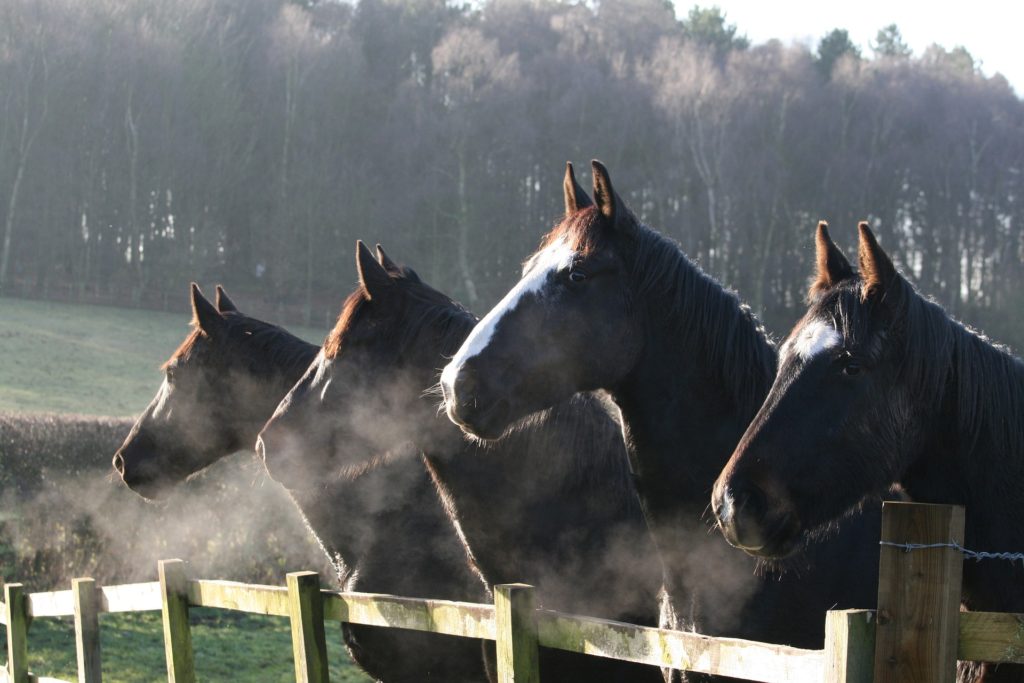
If his workload drops from 5/6 times a week to less than three times a week during the winter, there will be consequences for his cardiovascular system. The strength of his musculoskeletal system, and the tone of his tendons and ligaments, will also be affected. He'll need to work for a few weeks or even months before he's back in shape. However, there are a few precautions to be taken if you want to work a horse properly in winter.
In winter, it's important to continue working your horse for his well-being. This helps to maintain fitness and training levels. For show riders and horses, winter is the ideal time to sort out any problems encountered during the previous show season. You can then prepare for the next season.
First, let's talk equipment. An unsheared horse doesn't usually need to wear a rug while working. Except in the event of rain, when a waterproof cover is recommended. Even so, care must be taken to ensure that the horse doesn't catch cold if it sweats during work, so you'll need to adapt your equipment on a case-by-case basis.
For shorn horses, it's important to ride with a horse rug. They come in fleece, thermal or waterproof versions. You don't want the horse to feel cold, but you also don't want him to get too hot and sweat. If he does, he could become ill. This is why we recommend that the horse wear a rug during the warm-up and cool-down phases. It can be removed during labor.
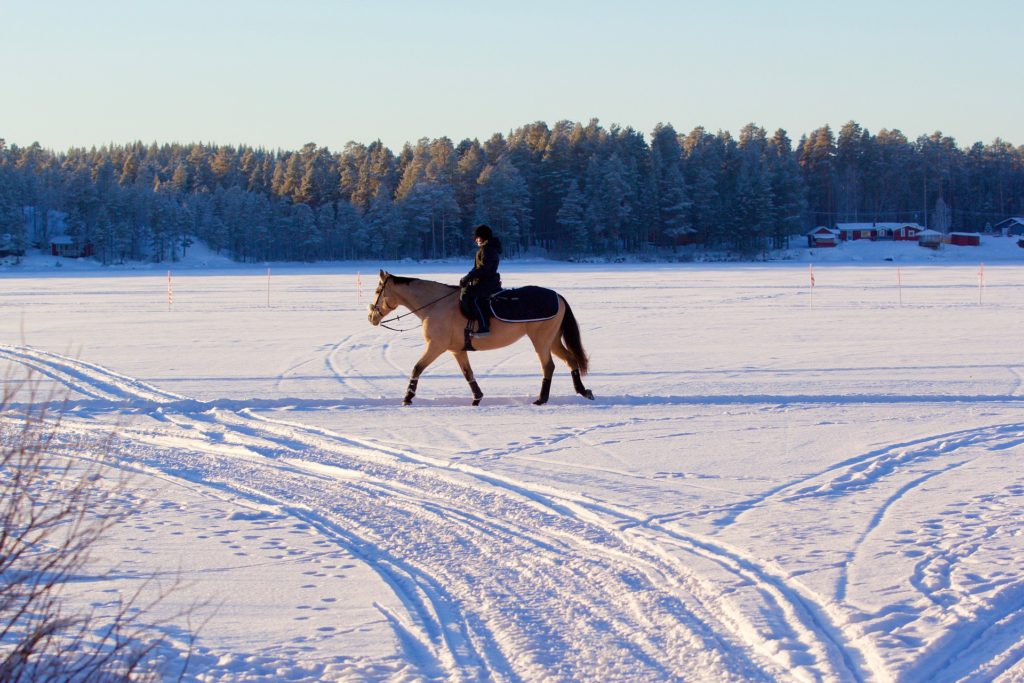
Like us, when it's cold, horses need more time to warm up their muscles. This allows the blood to circulate properly. In winter, horses generally spend less time in the pasture. Adapting their work is all the more important as they spend most of their time in the stable. Warming up a horse is an essential part of every training session, particularly to prevent the risk of injury. So it's even more essential in winter.
We recommend 10 to 20 minutes of warm-up and stretching to prepare muscles for work. This will stimulate blood circulation and relax the joints. Of course, you need to adapt to your horse. A horse living in a box 24 hours a day will need a longer warm-up than one living outside. The latter has the opportunity to move around in its pasture/paddock.
Ideally, start by walking the horse in neck extension for about 5 minutes at a walk. Then trot for 5 minutes in large circles, still with neck extension. This is a good way to start warming up. Then we can ask for smaller circles, lateral movements and transitions. Finally, we can work quietly in canter on large circles, then smaller ones, always with plenty of transitions.
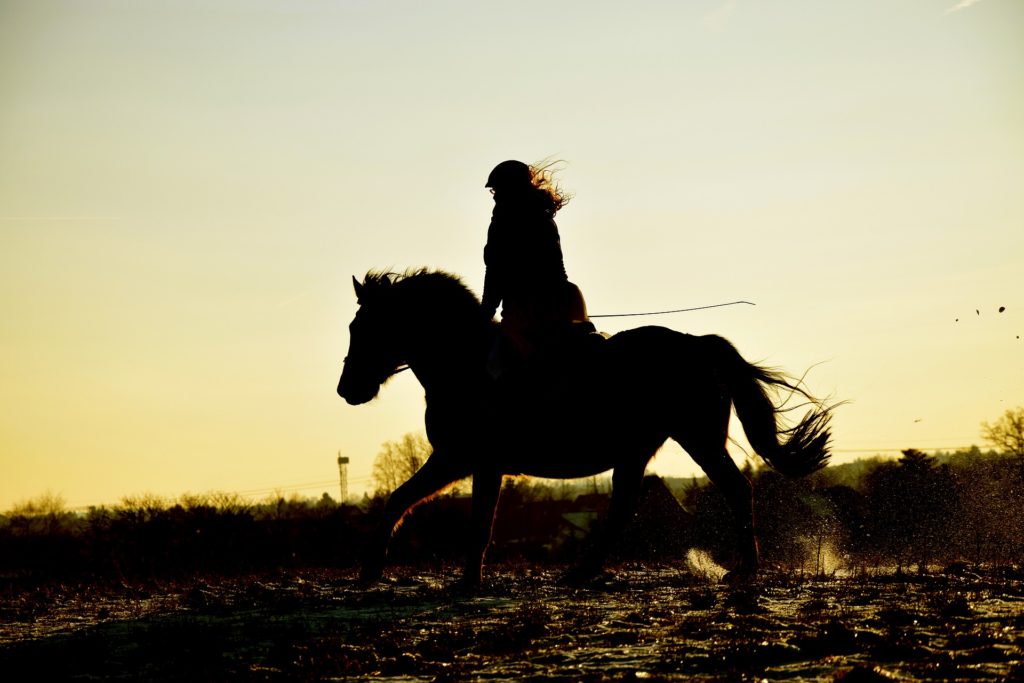
The recovery period, although important in any season, is essential in winter to give the horse time to catch his breath, dry off so he doesn't catch cold, and to avoid muscle soreness and stiffness. We recommend 10 to 15 minutes of quiet walking, whether in the saddle or in hand. As mentioned above, shorn horses should be covered during this recovery period to prevent them from catching cold.
After the session, take care never to put a blanket back on a wet horse, which will automatically catch a cold: make sure your horse has dried off well - if necessary, walk as long as possible and/or use a dryer - before putting his blanket back on, if he is wearing one.
Varying your work, even in winter, is important to keep your horse fit, in good spirits and in good shape. A 20-minute lunging session once or twice a week instead of a mounted session will keep your horse in shape. A little work on foot or in the open is always a good idea, not only to work on your connection with your horse but also to let off steam.
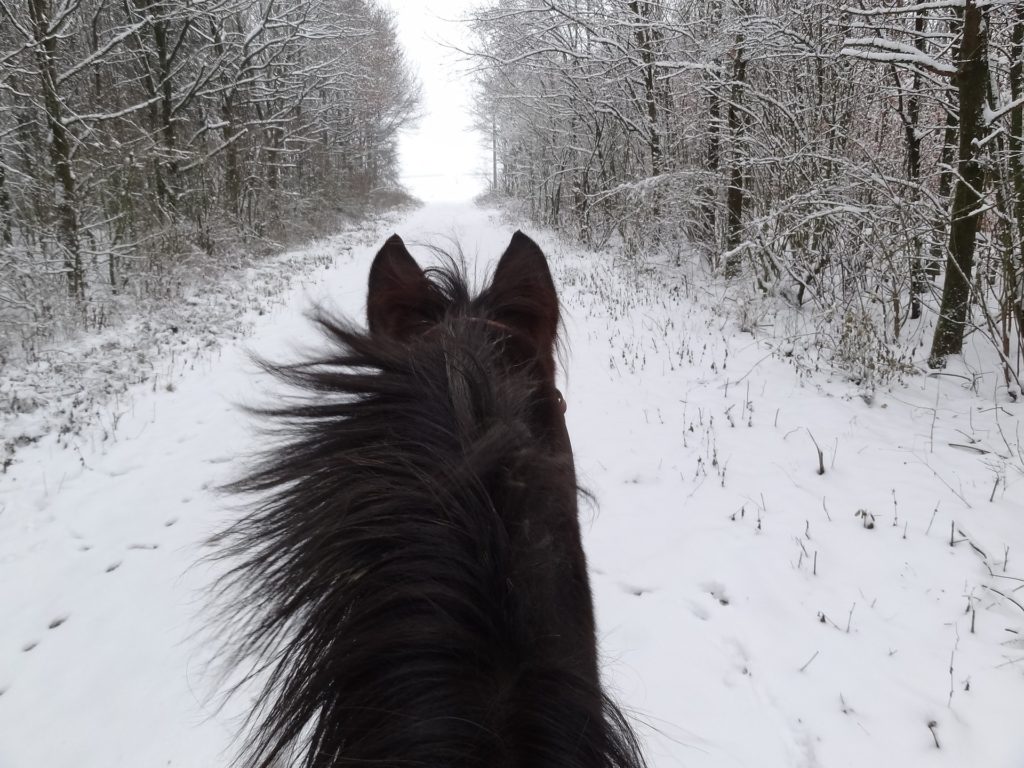
It's also a good idea to go for a few quiet rides outdoors. Trotting for 5-10 minutes at a time during the ride will help work your horse's cardio. However, you must be careful not to gallop on surfaces that are too hard, too soft or covered in snow, which could injure your horse.
The horse's limbs and hooves
In winter, because of the risk of mud mange, pay particular attention to your horse's legs, especially the pasterns. It's important to clean and dry them thoroughly (with a towel, for example) when grooming. If you use water to remove mud and dirt, prefer lukewarm water to cold or hot water, so as not to attack the horse's skin and encourage the entry of bacteria.
Of course, it's important to check your horse's feet before and after each session. In winter, particular care should be taken to ensure that the feet don't dry out too much, or become too damp and soft. Use a suitable ointment once or twice a week on clean, dry feet. In certain cases, if the horse lives in a very muddy meadow, or on damp or poorly-maintained bedding, it may suffer from fork rot. Beware, applying tar will only make matters worse (it will trap the bacteria), so it's very important to speak to your farrier, who will advise you on a suitable treatment.
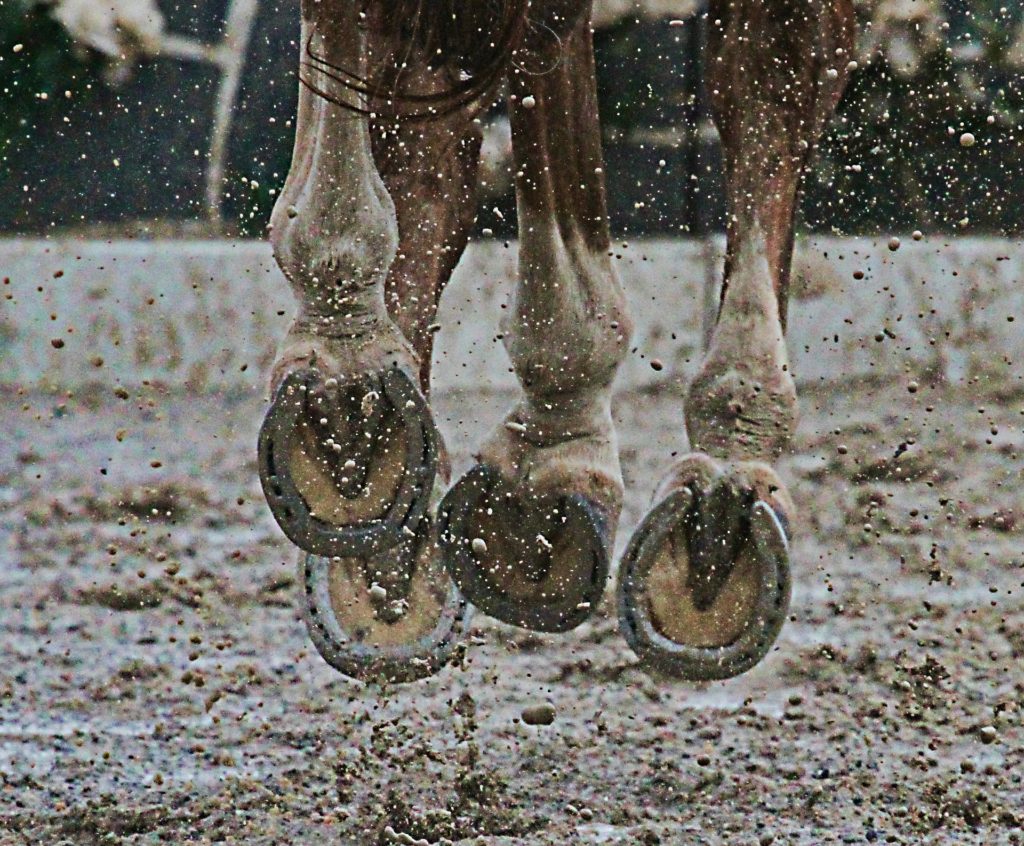
Feeding your horse in winter
In winter, as in any other season, make sure your horse always has plenty of fresh water.
You may need to change your horse's feed and/or ration. Like us, he's going to burn more calories to warm up, so you may need to increase his calorie intake to compensate for this greater energy expenditure, to keep him from losing weight. You also need to consider your horse's workload; if he works less frequently or less intensively, consider adjusting his ration accordingly.
--
In this article, we discussed the warm-up and cool-down periods for working horses in winter. If you'd like to find out more about working the horse in preparation for the next competition season, we invite you to read our article on the subject, written with MC Fuss.
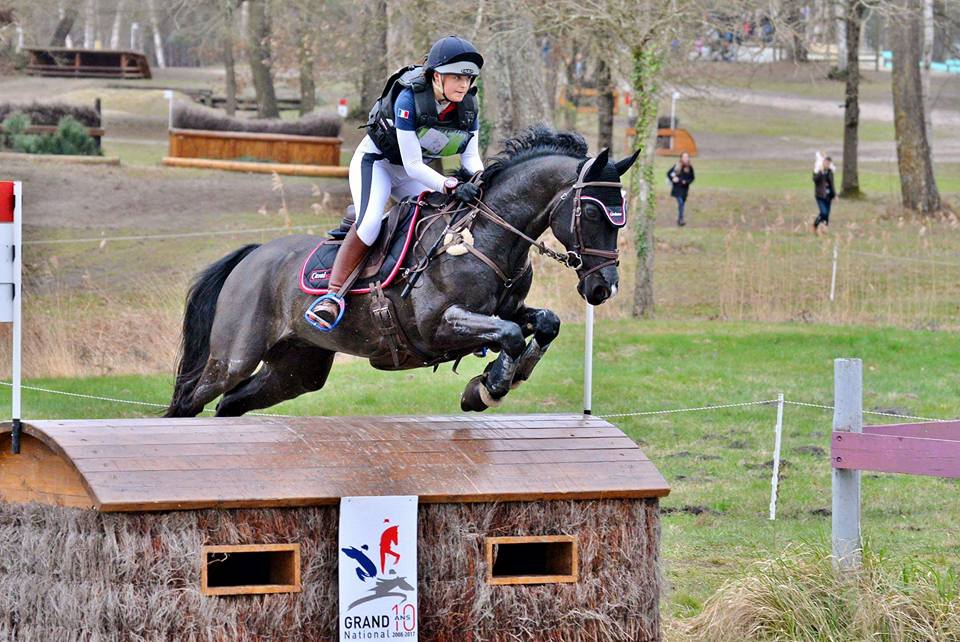
See you soon for a new article,
The Seaver team